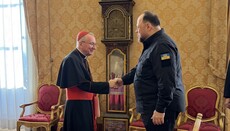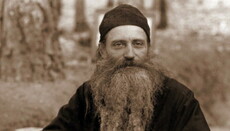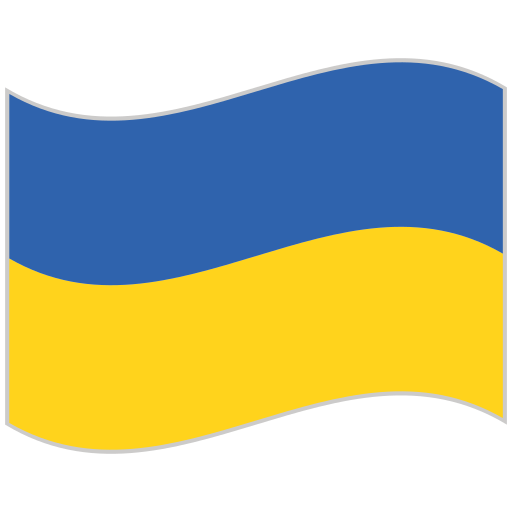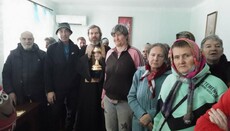The Church celebrates the memory of Holy Great Martyr and Healer Panteleimon
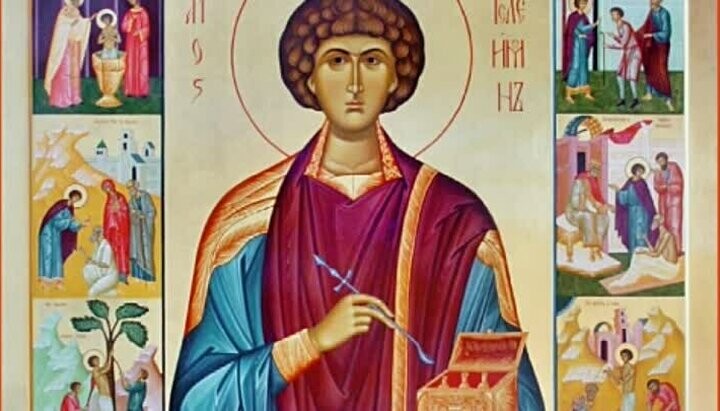
The commemoration of the holy Great Martyr Panteleimon, to whom the faithful pray for healing from illnesses, is observed on August 9.
On August 9, the Church prayerfully honors the memory of the holy Great Martyr and Healer Panteleimon.
The saint was born in Bithynia (Asia Minor), in the city of Nicomedia, into the family of a noble pagan named Eustorgius, and was given the name Panteleon (“all-lion”), for his parents wished him to be courageous and fearless. His mother, Saint Eubula (commemorated on March 30), raised the boy in the Christian faith but departed this life early. After her death, his father placed Panteleon in a pagan grammar school, and later had him study the art of medicine under the renowned Nicomedian physician Euphrosynus. Distinguished by eloquence, good conduct, and exceptional beauty, the young Panteleon was presented to Emperor Maximian, who wished to keep him at court and eventually make him a court physician.
At that time in Nicomedia, the hieromartyrs – presbyters Hermolaus, Hermippus, and Hermocrates – were living in secret, having survived the burning of 20,000 Christians in the Nicomedian church in 303 and the martyrdom of Hieromartyr Anthimus. From the window of his secluded dwelling, Saint Hermolaus had often seen the noble youth and, with spiritual foresight, perceived in him a chosen vessel of God’s grace. One day the presbyter called Panteleon to his refuge and, asking him about his parents, his faith, and his life, began to speak with him, explaining to him the fundamentals of the Christian faith. From that day forward, Panteleon began visiting the hieromartyr daily, listening with delight to what the servant of God revealed to him about the Sweetest Jesus Christ.
One day, returning from his teacher, the young man saw on the road a dead child who had been bitten by a viper, which was still writhing nearby. Filled with compassion and pity, Panteleon prayed to the Lord for the child’s resurrection and for the death of the poisonous serpent. He resolved firmly that, if his prayer were answered, he would become a Christian and receive holy Baptism. By the power of divine grace, the child came back to life, and the viper burst into pieces before the astonished Panteleon.
After this miracle, Saint Hermolaus baptized the youth. The newly illumined Christian remained with his Spirit-bearing teacher for seven days, taking into his heart the divinely revealed truths of the holy Gospel.
Having become a Christian, Panteleon often spoke with his father, exposing the falsehood of paganism and gradually preparing him for conversion. By this time, Panteleon was already known as a skilled physician. They brought to him a blind man whom no one else could heal. “The Father of lights, the true God, will give light to your eyes,” said the saint. “In the name of my Lord Jesus Christ, who gives sight to the blind – see!” The man immediately regained his sight, and along with him Panteleon’s father Eustorgius was enlightened spiritually. Both joyfully received holy Baptism. After his father’s death, Saint Panteleon dedicated his life to the suffering, the sick, the poor, and the destitute. He treated all without payment, visited prisoners in their cells, and healed them not so much with medical means as by invoking the name of the Lord Jesus Christ.
Maximian urged the saint to deny the accusation against him and to offer sacrifice to the idols, but the chosen passion-bearer of Christ and grace-filled physician confessed himself to be a Christian and, in the emperor’s presence, healed a paralytic: “In the name of the Lord Jesus Christ – arise and be well,” proclaimed Saint Panteleon, and the man was immediately restored. Enraged, Maximian ordered the healed man to be executed and subjected Saint Panteleon to the harshest tortures. “Lord Jesus Christ! Appear to me in this hour, grant me patience, that I may endure the torment to the end!” prayed the saint – and he heard a voice: “Fear not, I am with you.”
Through all the many tortures, the valiant Panteleon remained unharmed and boldly reproved the emperor. The Lord appeared to him repeatedly, strengthening him. Around the same time, presbyters Hermolaus, Hermippus, and Hermocrates were brought before the pagan court. They courageously confessed the Sweetest Lord Jesus and were beheaded (commemorated July 26).
By the emperor’s command, the holy Great Martyr Panteleon was brought into the circus and thrown to wild beasts. But the animals only licked his feet and pushed one another aside, trying to touch the saint’s hand. Seeing this, the spectators rose from their seats and began to cry out: “Great is the God of the Christians! Let the innocent and righteous youth be freed!” Maddened, Maximian ordered the soldiers to cut down with swords all who glorified the Lord Jesus – and even the beasts that had not touched the holy martyr. Seeing this, Saint Panteleon exclaimed: “Glory to You, O Christ God, that not only men but even beasts die for You!”
Finally, frenzied with rage, Maximian commanded that the Great Martyr Panteleon be beheaded. The soldiers led the saint to the place of execution and bound him to an olive tree. When the martyr began to pray to the Lord, one of the soldiers struck him with a sword – but the blade became soft as wax and inflicted no wound. Astonished by the miracle, the soldiers cried: “Great is the God of the Christians!” At that moment, the Lord appeared again to the saint, calling him Panteleimon (“all-merciful”) instead of his former name Panteleon, in honor of his great mercy and compassion.
When the martyr’s head was finally struck off, milk flowed from the wound along with blood, and the olive tree to which he had been bound blossomed and bore fruit full of healing power. Seeing this, many people believed in Christ Jesus. The body of Saint Panteleimon, cast into a fire, remained unharmed, and thus the Nicomedian passion-bearer was buried by the Christians.
Earlier, the UOJ reported that on August 7 the Church celebrated the day of the Holy Righteous Anna.
